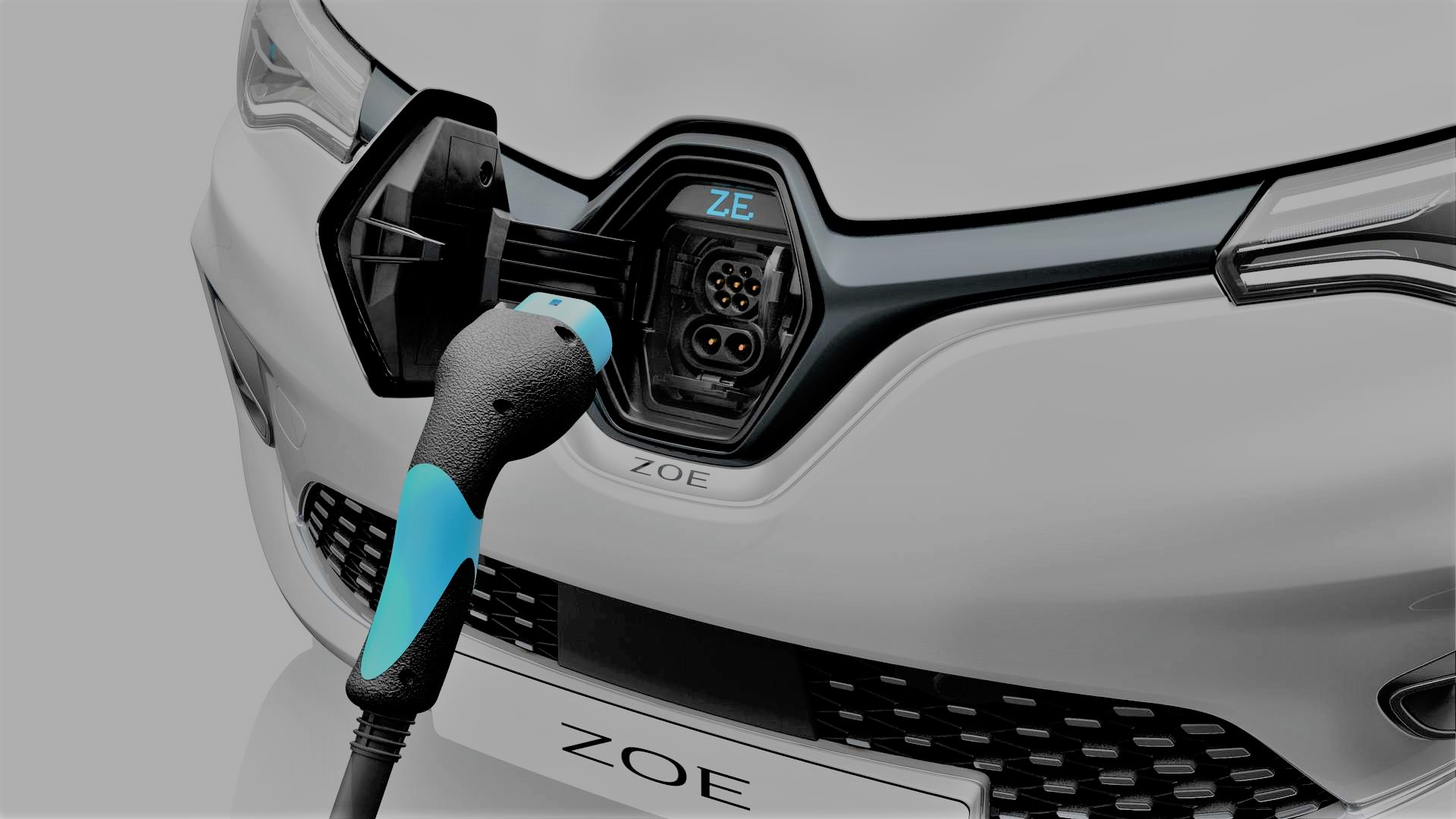
The Renault ZOE electric car has become the sales leader in Europe. The car has been consistently popular among buyers since 2012. French quality and attractive appearance brought the hatchback to the first lines of the ratings. Over the years, the model has hardly undergone major changes.
In the latest modification, the manufacturer increased the capacity of the lithium-ion battery, installed a more powerful motor on the electric car, redesigned the interior of the cabin, conjured up the electronics, and added a charging function not only from AC but also from DC. If you are fortunate enough to own this beautiful electric car model, the quality of the charger is the first thing to worry about. Our short review will help you with this difficult task.
Latest update: battery features
The manufacturer gives a warranty for the Renault ZOE battery for 160,000 kilometers or 8 years of operation. The lithium-ion battery capacity has been increased from 41 kWh to 52 kWh with the latest update.
The mileage of the latest hatchback modification on the WLTP cycle has increased by 73 km. Now, if the battery is charged to capacity, the electric car can cover a distance of up to 390 km, so the car owner can go on a long journey even on domestic roads, where it is difficult to find a charging station.
Another new feature that will delight drivers is the ability to charge a car with both alternating and direct current. Now the range is increased by about 150 km for half an hour of charging the electric car at the 50 kW terminal.
Renault Zoe Electric Vehicle Charger
Renault Zoe can be charged in three standard ways:
- From the outlet in the garage (at home).
- From fast charging stations.
- From wireless chargers, which are still very rare, although they have great potential. The devices work on the principle of magnetic induction.

Renault ZOE has a Type 2 or Mennekes connector. It received the second name on behalf of the developer company. In Europe, this is the most common connector type. Besides Renault Zoe, it is also installed on Kia Soul EV, Hyundai Ioniq, American, and European Tesla. Through this type of connector, you can connect an electric car to either one or three phases. Home stations develop up to 22 kW, and special chargers up to 43.5 kW.
Renault ZOE has a high-performance in-house charger, which was developed by the French taking into account the characteristics of the car. Does it make sense to change it to another option? The replacement problem usually arises in the event of an unexpected breakdown due to the fault of the car owner himself or due to non-standard operating conditions, when, for example, the length of the cable is not enough to reach the power source.
Today on the market you can find products from manufacturers from China and Ukraine. While the former are habitually luring in with their low cost and primitive design, Ukrainian companies rely on the quality, additional protection, and advanced functionality: a charging timer, precise adjustment of the charge strength, the cost of chargers starting at UAH 4,000.